It can be argued that the country has come a long way in LGBTQ visibility in the media.
According to GLAAD’s 2016 “Where We Are on TV” report, the number of regular LGBTQ characters counted on scripted primetime cable series increased from 84 to 92, and the number in original series on streaming services (i.e. Netflix, Hulu, Amazon Prime) increased from 59 to 65. These increases are commendable, but the characters being portrayed do not represent the real diversity of the spectrum of sexuality.
Bisexual representation on broadcast television, though it has increased 10 percent since last year, is nowhere near the accuracy nor the expansiveness that it should be.
The Problems with Bisexual Representation
Television suffers from bisexual erasure — where the existence or legitimacy of a person’s bisexual identity is questioned or outright defied. Even in the very few characters that are seen in mainstream TV as having relations with two or more genders, most are not specifically identified as “bisexual.”
The word appears to be taboo, like saying it even once in the public realm of national television is going to make some Bloody Mary style ghost appear in the network executives’ offices, threatening to (gasp) not conform to their cut-and-dry notions of sexuality. We can’t have that — what about the children?
Bisexuality is expunged from television because it is not respected by the public as a valid identity. So many people misunderstand or misrepresent what it means. Bisexuality has been defined (though not strictly — the definition evolves) by activist Robyn Ochs as “the potential to be attracted — romantically and/or sexually — to people of more than one sex and/or gender, not necessarily at the same time, not necessarily in the same way, and not necessarily to the same degree.”
Sexuality is fluid and someone can find themselves at any point along the scale between hetero and homosexual, and it is, to the apparent shock of many, possible to find yourself attracted to multiple genders. Unfortunately, not everyone views bisexuality as a valid possibility.
The myths behind the orientation are abundant: Bisexuals can’t commit, are confused, are going through a phase or experimenting, are just greedy and can’t make up their mind. The list goes on and on.
A classic example of bisexual misconception is Larry King’s comments in an interview with Anna Paquin. He asked her if, now that she was married to a man, she was a “non-practicing bisexual,” and implied that she was — past tense — a bisexual, but magically became a straight woman on her wedding day. Paquin responded beautifully by questioning his straightness and saying, “If you were to break up with them or if they were to die, it doesn’t prevent your sexuality from existing. It doesn’t really work like that.”
Even when bisexuals are represented on television, they’re not represented correctly. The vast majority of characters that we see are female, which is problematic for several reasons. As Zimmerman for The Daily Beast writes, “While male bisexuality is routinely dismissed as a tool, an indulgence, or a fallacy, female bisexuality is almost exclusively trotted out to fulfill a male fantasy.” Women are almost always portrayed as overly sexualized in their orientation as an appeal to men, and the few men that we actually see are treated as if their sexuality isn’t real.
Why Is Representation Important?
This question is asked and answered every day in reference to any minority group who questions the status quo of the media. “Why does it even matter?” people ask, or “You can’t dictate someone’s artistic vision.” Well, frankly, if everyone’s “artistic vision” seems to be that of a straight (or stereotypically homosexual) white person, then I feel they lack any sort of creativity, and the word “artist” should be loosely applied.
Bisexual.org said it best when they wrote, “Media portrayals of minority groups help the general public acknowledge, relate to and humanize a group they might not interact with in their day-to-day lives.” Put simply, the world is a diverse place, so what we see on TV should reflect that.
Asking for more bi-visibility is not just about diversity, but about representing the facts. Bisexuals reportedly make up half of the LGBT community, and yet they make up only small portion of LGBT roles on television.
Not only that, but it’s a natural human instinct to want to feel understood. When all you see on television are conventionally straight people, it can make you feel abnormal, or like your feelings aren’t important or real. Putting bisexual characters in prominent roles on television helps to normalize the orientation, not just for those who are questioning their sexuality, but for those who also don’t understand it.
Normalizing bisexuality is vital and can literally be a life saver. Bisexuals face severe health disparities. They show higher rates of anxiety and depression, as well as STI diagnoses. A lot of this stems from a lack of resources and no environment where they feel they can openly discuss their struggles.
A (Short) List of Bi Characters on Television
If you are desperately looking for bisexual characters, there are, unfortunately, only a few, but there are good ones out there. Here are a few examples to help guide you towards finding representation.
1. Sara Lance: “Arrow” and “Legends of Tomorrow”
Lance has had a relationship with both Oliver Queen and Nyssa al Ghul, and she’s also quoted in saying honestly that she prefers women.
This helps to show that bisexuality isn’t always 50/50, and you can have an inclination toward a certain gender. Also, Lance is just a badass, complex female character.
2. Darryl Whitefeather: “Crazy Ex-Girlfriend”
Male bisexuals are definitely few and far between, but Whitefeather’s character is unique in that it is explicitly stated (in a brilliant musical number) that, “It’s not a phase, I’m not confused, not indecisive, I don’t have the gotta-choose blues […] I’m definitely bi.” It’s amazing and also addresses some of the myths of bisexuality.
3. Clarke Griffin: “The 100”
Griffin is shown sleeping with a man and goes on to have a serious relationship with a woman and, similar to Lance, is still portrayed as a badass woman.
4. Cosima Niehaus: “Orphan Black”
Niehaus, though it’s never explicitly stated (these examples certainly aren’t perfect), has been said to be bisexual by the show’s creators. Niehaus is a scientist and is said to understand her sexuality on a spectrum.
What’s great about her character, which has even been recognized by the actress, is that her love for her partner is not overtly sexualized for the male gaze, but presented as real, valid love.
5. Magnus Bane: “Shadowhunters”
Another male character! Bane refers to several of his past relationships he’s had over centuries, with both men and women in a nonchalant way that does not make it seem like that is his one and only defining characteristic.


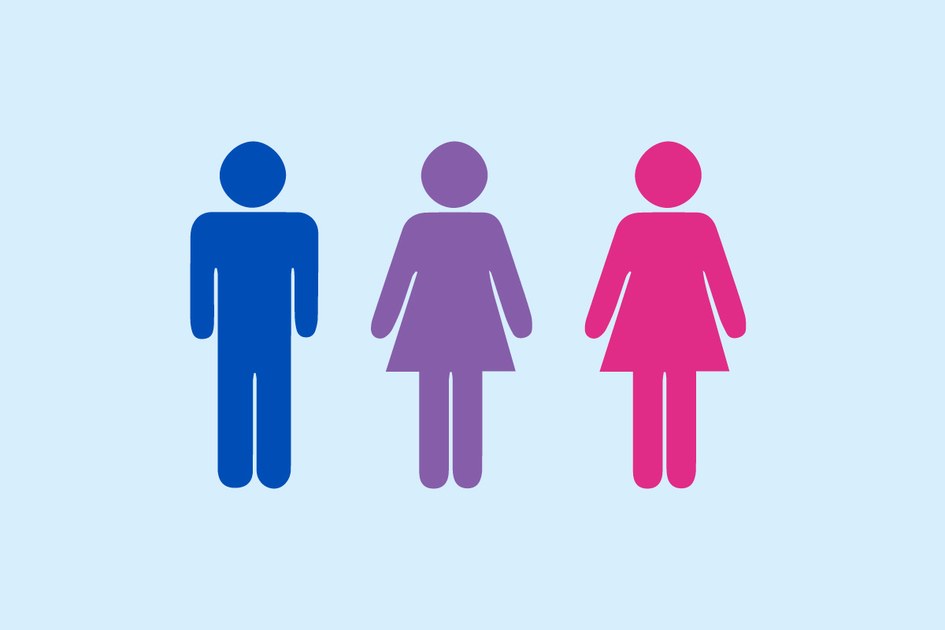

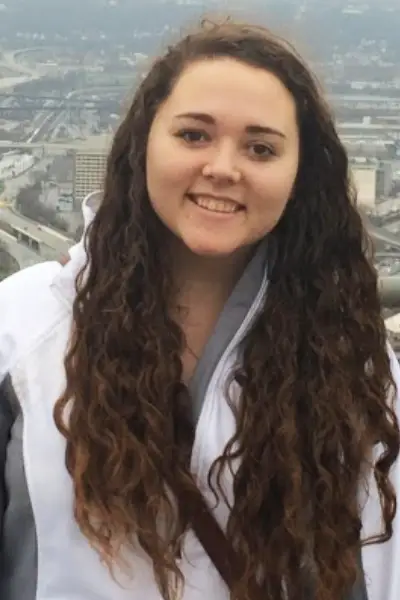


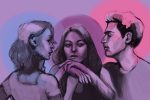

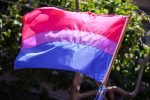


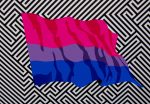





Also Annalise Keating in How To Get Away With Murder 😉
Yes, I think so, too. But unfortunately, the discussion of that (in season 2) revolves around “straight or lesbian?”, with bi not even being an option. That’s the case for many portrayals, I am afraid.